In the years between 2000 and 2005, I spent a lot of time trying out many different operating systems. Linux was a big one: Red Hat, Debian, SuSE. So also the BSD Unices: FreeBSD, OpenBSD, NetBSD. There was Solaris from Sun Microsystems. I also checked out MINIX (educational, from a CS prof), BeOS (good media support) and QNX (real-time OS). I tried dual- and multi-boot installations, also tried installing within VMWare. It was a lot of fun observing how these operating systems were similar, yet different. Building and installing your own Linux kernel was a rite of passage. I used to go to Linux conference in Bangalore (“BangLinux”), and return home highly energized with all the talks and demos. Richard Stallman came once, and gave a talk on GNU, said we should really call it “GNU/Linux”.
Below are some screenshots I took during those days. I seem to have lost pictures for the other operating systems I tried, but here are the ones I still have!
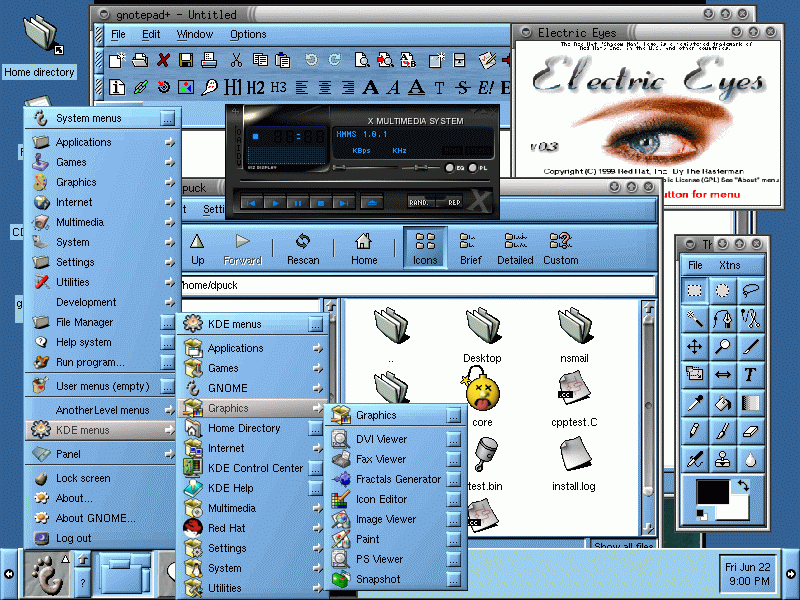
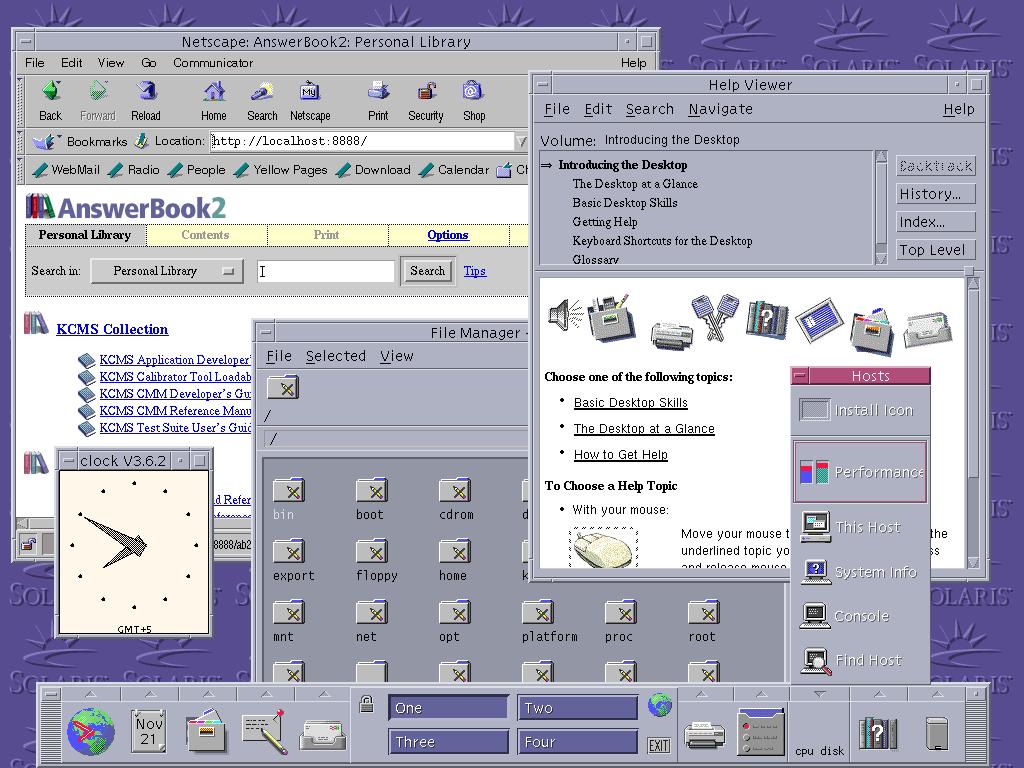

The pictures below are all from Debian GNU/Linux 3.0. There were many windowing environments to choose from.
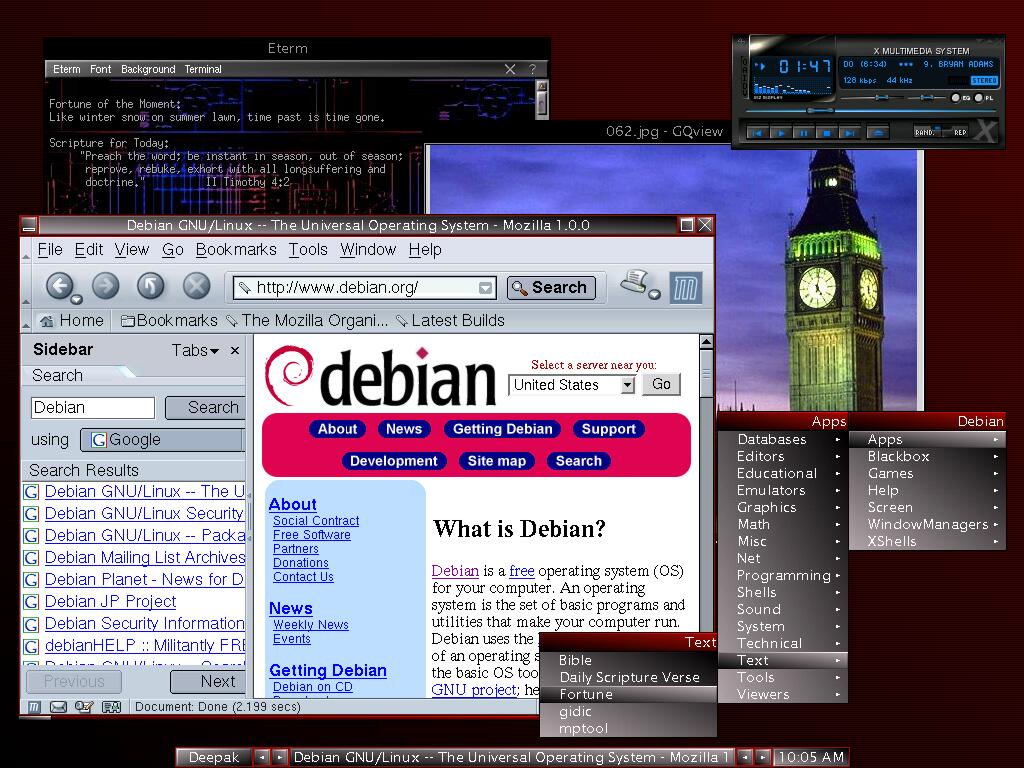
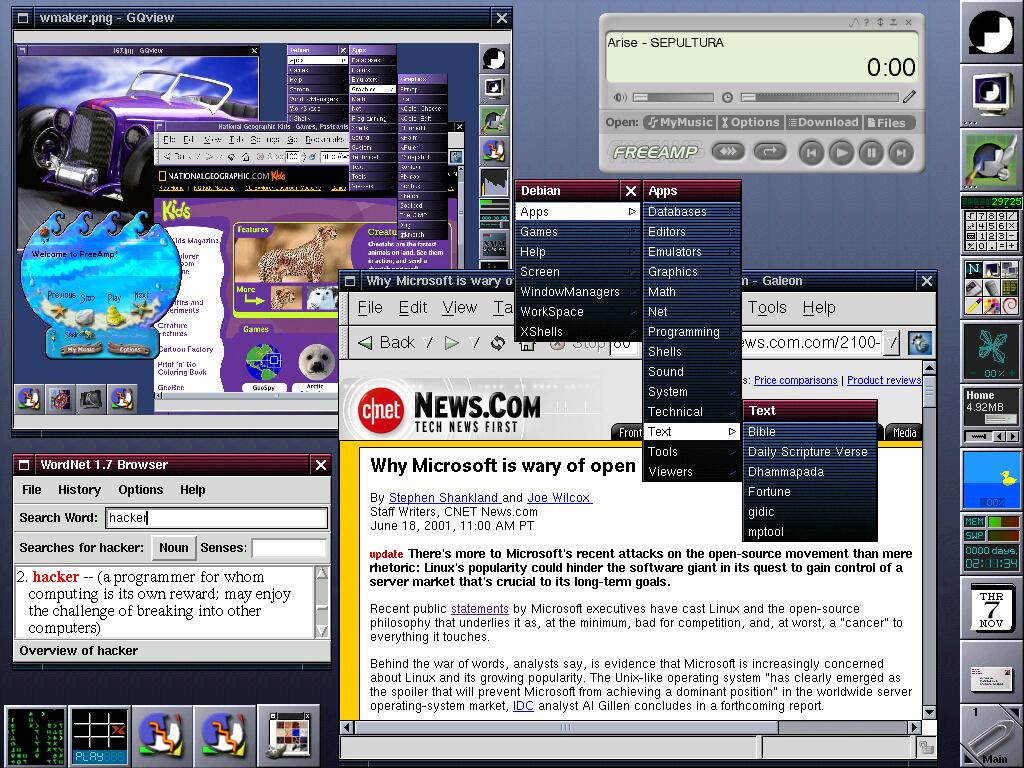
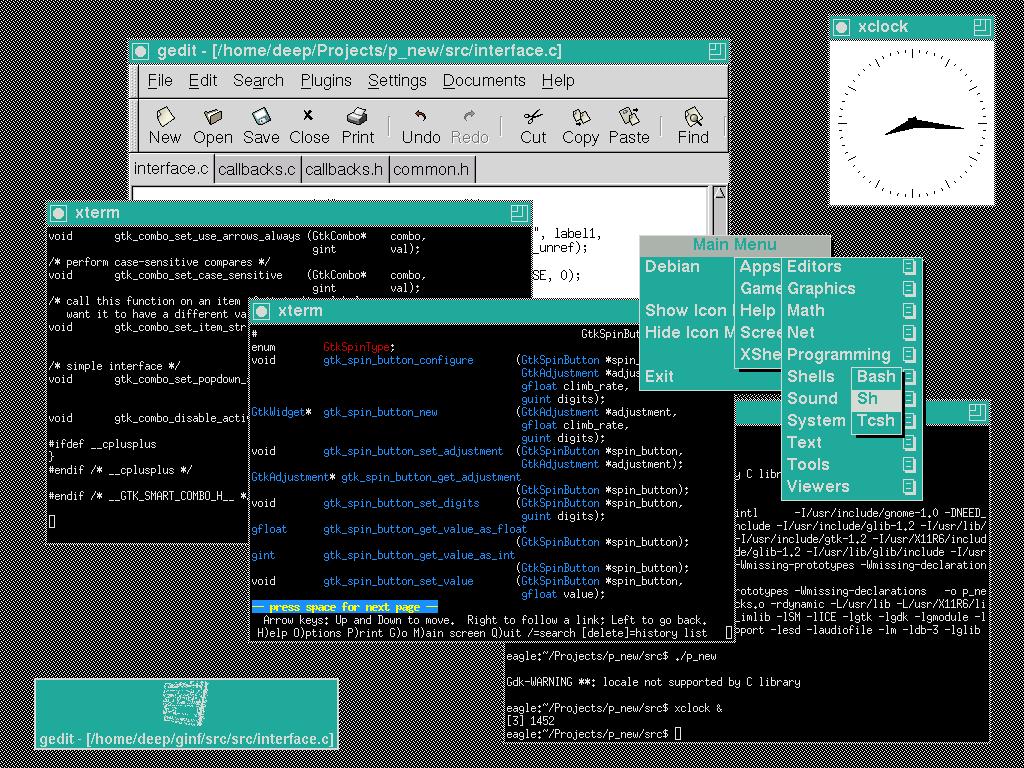
Linux Command-Line Tutorial
Back in 2003, I also wrote a Linux command-line tutorial that seemed to be popular for a long time. Here is a copy of the tutorial as it stood, back then.
Linux Tutorial, Part 1: Introduction
Linux Tutorial, Part 2: Popular Commands
Linux Tutorial, Part 3: Advanced Topics
Linux Tutorial, Part 4: vi and emacs Editors
Today, Linux is everywhere, from our home WiFi routers to virtual computers running in remote data centers (“cloud”). I don’t know if I could have predicted this situation back then.
Ginf
In college, in 2002, we wrote a program to create Web pages using graphical interface. In true GNU tradition, we called it Ginf (Ginf is not FrontPage – because FrontPage was the Microsoft equivalent software). It saved you the trouble of writing HTML, and instead, generated the HTML for you. Here is a screenshot:
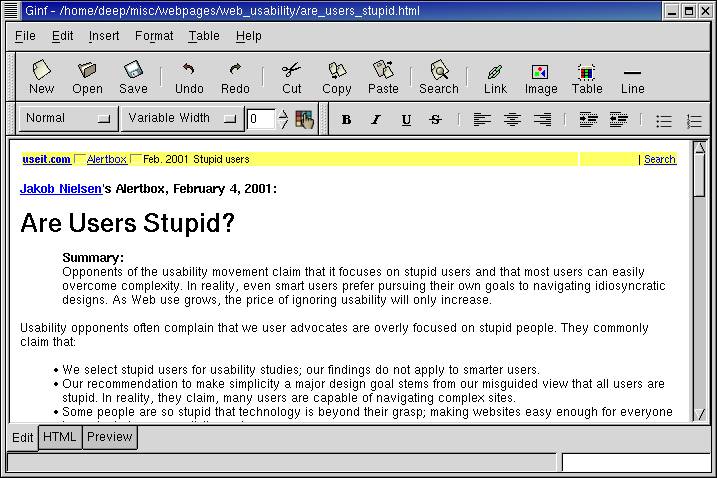
This project was picked up by a Japanese Linux magazine, here’s a picture:
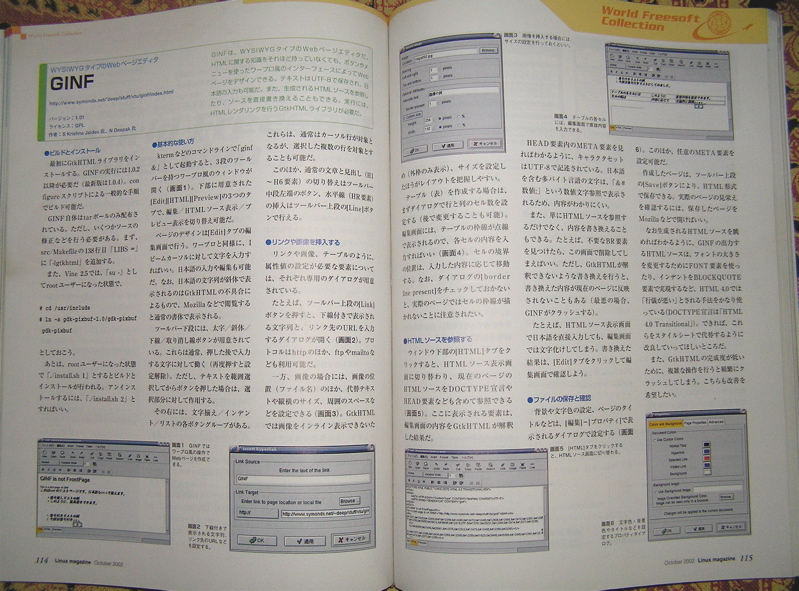
I didn’t understand one word of what it says, but let’s hope it’s all good. :-)